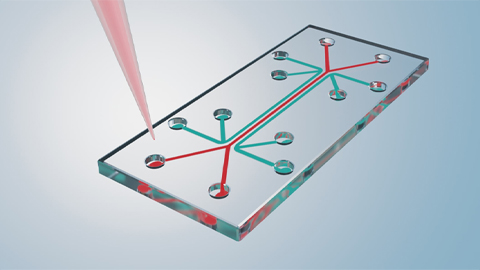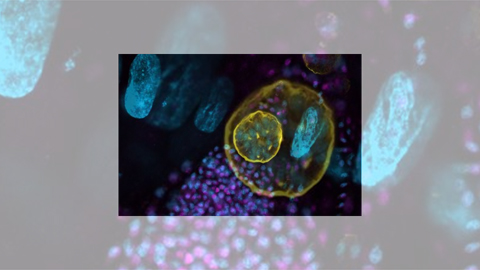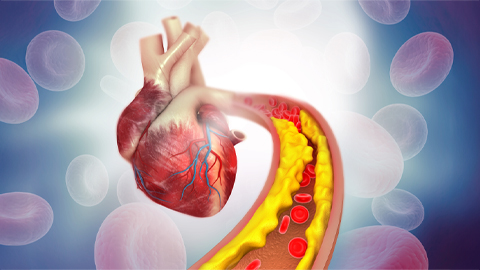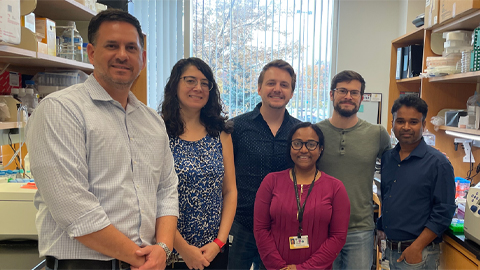MCP: Wasp venom causes slow burn in roach brain
While most of its parasitic cousins are content to paralyze their prey with a quick thoracic sting, lay an egg in or on the immobilized critter and abandon it to its fate as living larval foodstuff, the jeweled wasp excels in cruelty. Once it has immobilized a roach temporarily with an initial sting to the thorax, the wasp takes up to two minutes to guide two additional stings to the roach’s head ganglia. There, it unleashes a neurochemical cascade that instills hypokinesia, overriding the roach’s instinct to flee with an irresistible drive to laze about and groom. The wasp then grabs the distracted roach by its antennae and guides it to a burrow, where it will endlessly primp until a wasp larva hatches. As the puny parasite’s primary food source, the roach will be kept alive as long as possible, with its least essential organs consumed first.
 An emerald wasp drags a cockroach immobilized by the wasp’s venom into a burrow. A parasitic wasp larva will hatch about three days later and begin to feed on the roach. Deven Dadbhawala/FLICKR For an American cockroach, there is no terror like a jeweled wasp.
An emerald wasp drags a cockroach immobilized by the wasp’s venom into a burrow. A parasitic wasp larva will hatch about three days later and begin to feed on the roach. Deven Dadbhawala/FLICKR For an American cockroach, there is no terror like a jeweled wasp.
While the compound that causes the initial paralysis is mostly the ubiquitous neuroinhibitor GABA, the makeup of the second compound, or compounds, is less understood. To figure out what allows the wasp’s venom to override the roach’s survival instincts for several days, researchers in Michael Adams’ lab at the University of California, Riverside, subjected the enigmatic venom to RNA sequencing and proteomic analysis. They published the details of the venom components, which include hundreds of identified neurotransmitters, hormones and peptide precursors, in the journal Molecular & Cellular Proteomics.
“One wonders if there is a magic bullet that causes this hypokinesia or whether it is a consequence of a lot of different components of the venom working together,” Adams said.
Two of those components are the neurotransmitters tachykinin and corazonin, which have been implicated in behavior and locomotion. When the venom resides inside the acidic environment of the wasp’s venom apparatus, however, they’re present only in their precursor forms.
According to Ryan Arvidson, a postdoctoral researcher in Adams’ lab, one reason for the slow-burning activity of these and other peptides may be their gradual conversion to mature forms as their environmental pH rises to become more neutral within a cockroach.
“There’s some support for the idea that we have this pH-dependent activation of these enzymes that could act like a time-release capsule, slowly generating bioactive peptides over time,” Arvidson said.
Another time-release venom component the researchers found was a ligand for the Toll receptor Spaetzle, which is involved in the activation of NF-kappaB homologs, a protein complex implicated in synaptic transmission in the brain.
“It was interesting because not only was Spaetzle in there, but a serine protease that activates Spaetzle is in the venom, and a serine protease that activates that serine protease is in the venom,” Arvidson said. “It looks like it injects the entire activation cascade of Spaetzle into the brain.”
The functions of all these already-defined neurotransmitters in the wasp venom aren’t exactly clear. In future experiments, Adams and Arvidson hope to explore the mechanisms by which tachykinin, corazonin and Spaetzle interact with the hundreds of other proteins in the venom to suppress the roach’s flight instinct reversibly while leaving intact its ability to walk, swim and fly in a wind tunnel.
“Now that we’ve laid the foundation for what the venom proteome is, we can start asking more hypothesis-based questions,” Arvidson said. “As far as I know, corazonin and another hormone called eclosion hormone are not really implicated in adult insects’ central nervous system activity, specifically with regard to locomotion.
“The wasp venom has pointed us in directions that could answer questions in neuroscience in general, in signaling systems that were previously not understood or underappreciated.”
Enjoy reading ASBMB Today?
Become a member to receive the print edition four times a year and the digital edition weekly.
Learn moreGet the latest from ASBMB Today
Enter your email address, and we’ll send you a weekly email with recent articles, interviews and more.
Latest in Science
Science highlights or most popular articles

Tiny laboratories that fit in your hand can rapidly identify pathogens using electricity
Pathogens have distinct electrical charges, shapes and sizes. Measuring how quickly they move through an electric field can help researchers separate different species in a sample.

Toxoplasma gondii parasite uses unconventional method to make proteins for evasion of drug treatment
This recent study by a team from Bill Sullivan’s lab at the Indiana University School of Medicine was named a Journal of Biological Chemistry Editor’s Pick.

Of genes, chromosomes and oratorios
Jenny Graves has spent her life mapping genes and comparing genomes. Now she’s created a musical opus about evolution of life on this planet — bringing the same drive and experimentalism she brought to the study of marsupial chromosomes.

Ubiquitination by TRIM13: An ingredient contributing to diet-induced atherosclerosis
Researchers help unravel the molecular mechanism behind plaque formation in cardiovascular disease.

When ribosomes go rogue
Unusual variations in the cellular protein factory can skew development, help cancer spread and more. But ribosome variety may also play biological roles, scientists say.

New discovery enables gene therapy for muscular dystrophies, other disorders
At the University of Rochester, researchers find that RNA-based technology facilitates effective use for difficult-to-treat, large-gene diseases.

